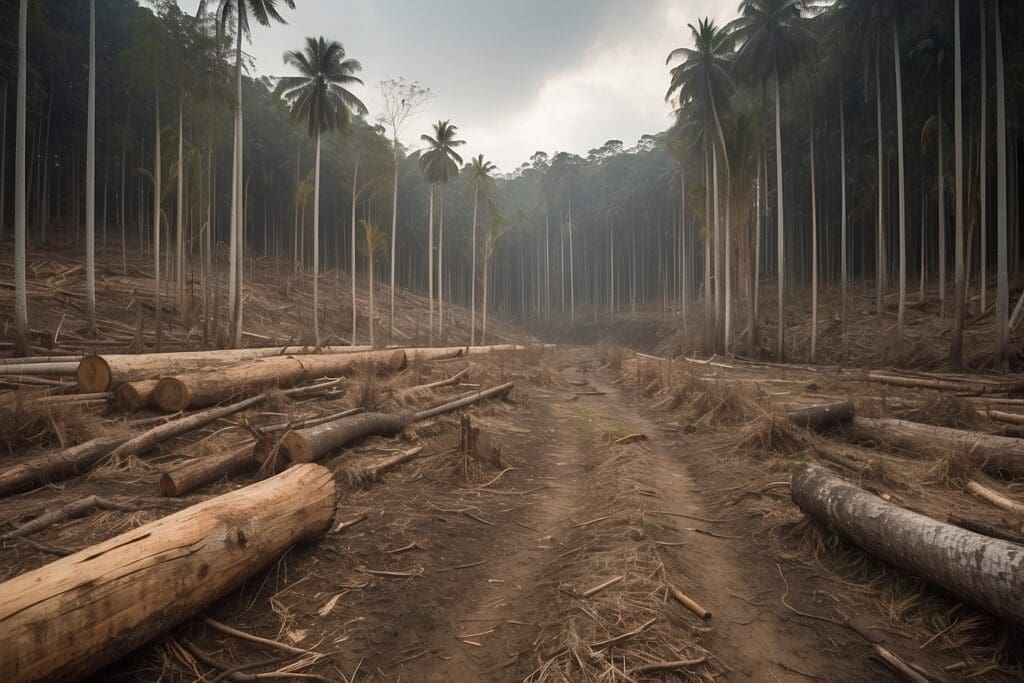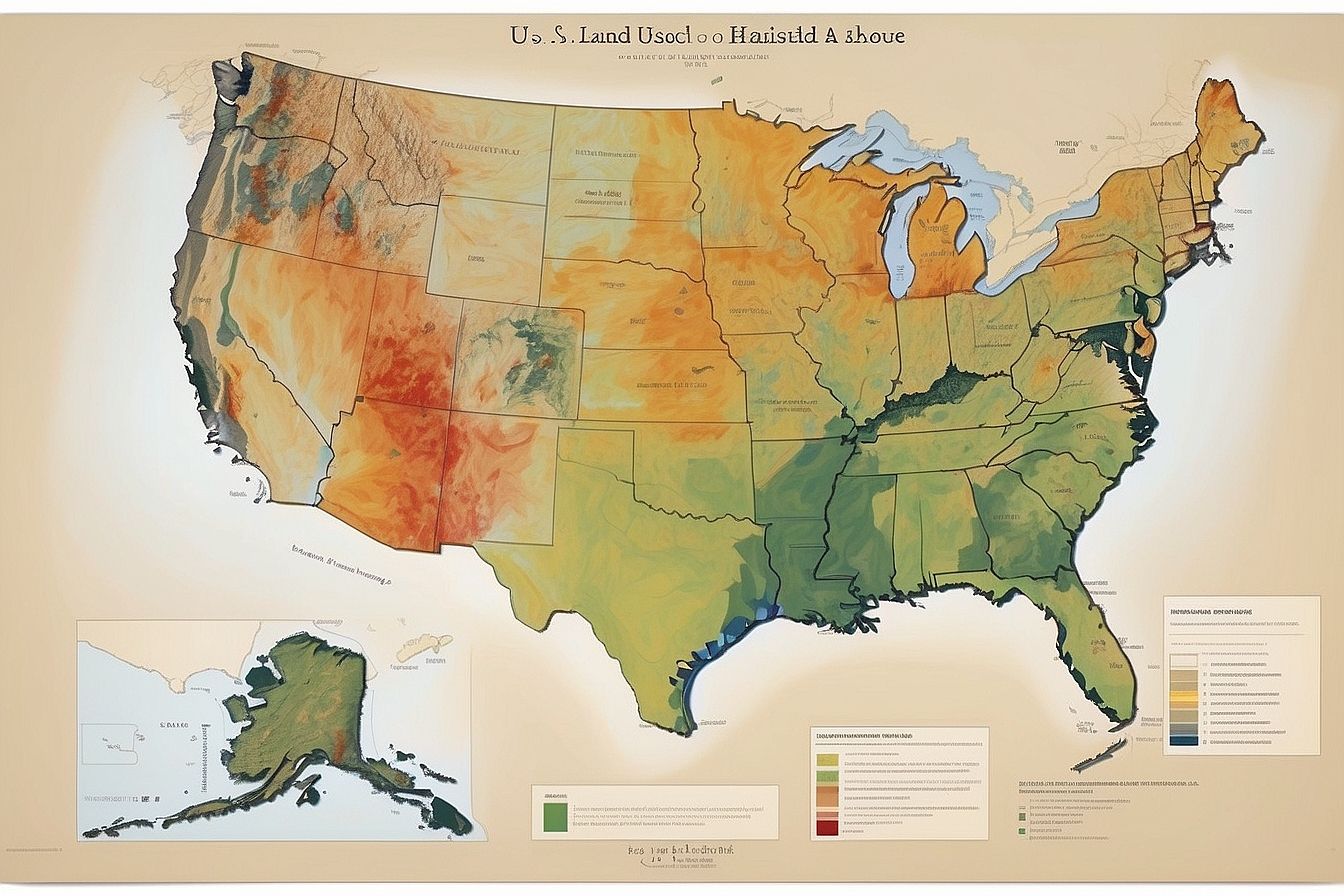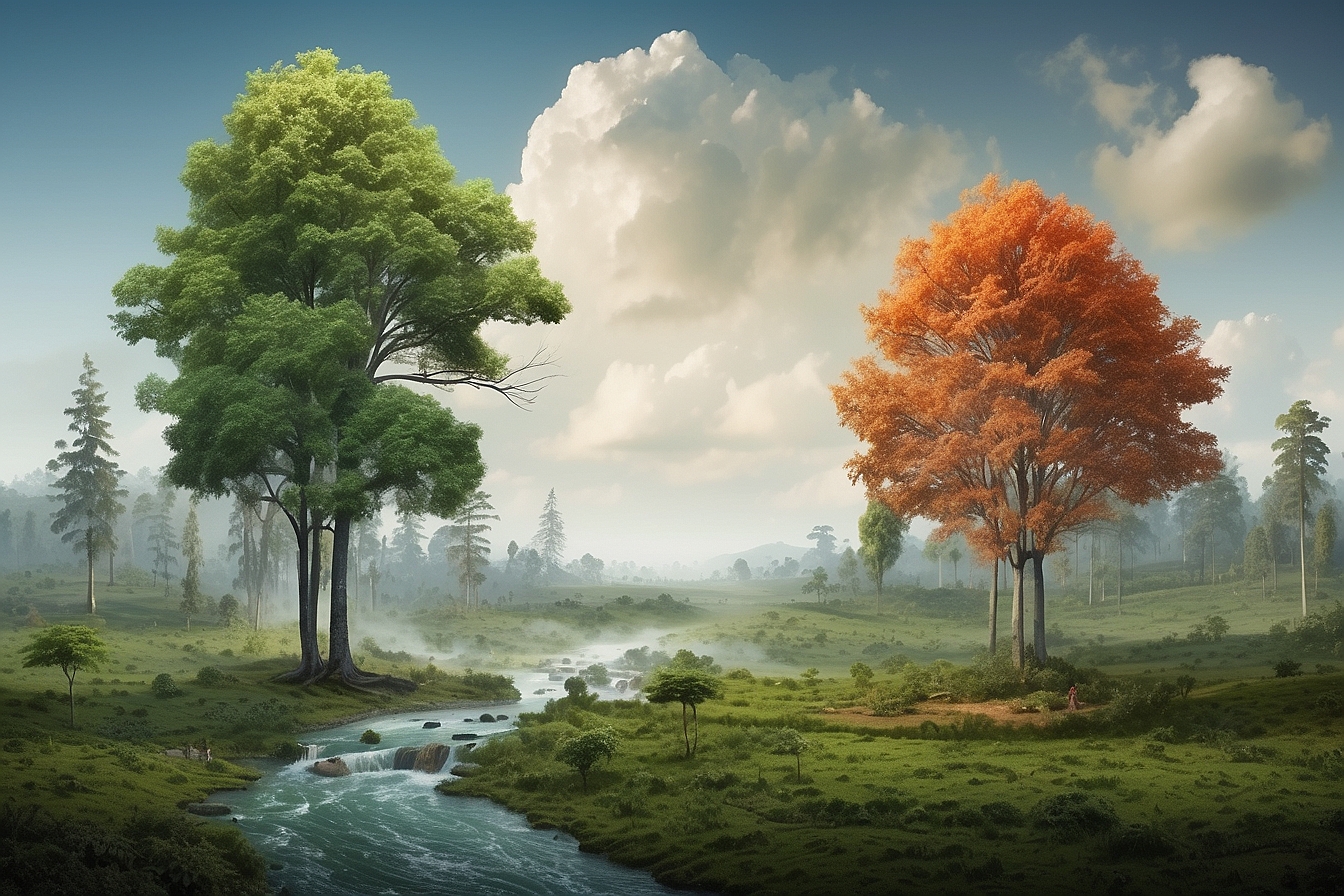Forests are disappearing at a rate of about 36 football fields per minute.1 That equates to an annual loss of 12-15 million hectares of forest, which is an area roughly the size of Costa Rica.2 The United States Forest Service defines “forest” as land that is at least one acre and at least 10 percent stocked with trees of any size.3 Forests cover almost a third of the planet,4 but they are NOT distributed equally—about half of the forests on Earth are located in the tropics.5 The clearing of forests by logging or burning is called “deforestation.”6
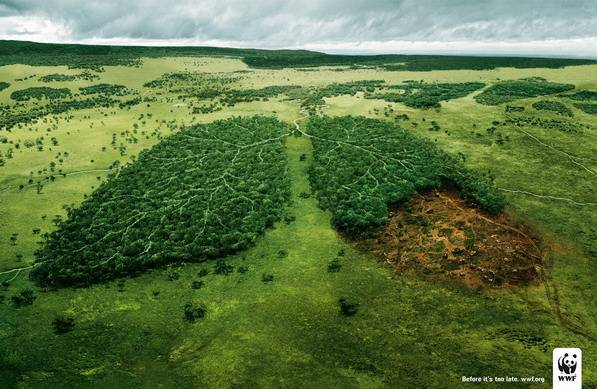 7
7
Causes of Deforestation
Agriculture is the leading cause of deforestation. Subsistence farming, in which farmers grow enough food to feed them and their families, utilizes 48% of cleared forest lands, according to the United Nations Framework Convention on Climate Change.8 Commercial crops account for 20% of deforestation, and large-scale cattle ranching for 12%. Surprisingly, wood extraction—including legal and illegal logging and charcoal production—accounts for only 19% of deforestation worldwide.
Agriculture: Forests are cleared to produce palm, pulp, soy, coffee, and other commodities. Many common goods contribute to deforestation. For example, palm oil is found in more than half of all consumer products, including soaps, biofuels, and breakfast cereals.9 Palm oil production may be increasing… Greenpeace recently warned that the palm industry plans to double Indonesian palm oil production by 2020!10 Many farmers in the tropics practice slash-and-burn agriculture, an environmentally devastating practice that burns lands to kill parasites and other unwanted organisms.
Cattle Ranching: In Amazonia, cattle raising activities account for more than 75 percent of deforested lands.11
Logging:Selective logging may be even more of an environmental burden than clearcutting—the practice of cutting down all the trees in an area and growing new, even-aged trees in their place. Selective logging is the practice of just cutting down a very limited number of tree species in area.12 A research study found that with selective logging, for every tree cut down, 30 more trees will be severely damaged due to the fact that trees are connected by vines, and when one is cut down the surrounding trees are also pulled down. In this case these additional trees are not replanted, and the area becomes dry and susceptible to fires.13 Logging also often leads to the construction of new roads through the forest, which opens the land to even more development. Logging is outlawed in many forests, but that doesn’t necessarily stop it from happening.
Fires: Deforestation isn’t always intentional, nor is it always caused by humans. Wildfires—some caused by humans and some not—kill trees. Subsequent overgrazing by animals may prevent young trees from developing.14
Effects of Deforestation
Climate change: Trees are excellent “carbon sinks” because they absorb carbon dioxide. The planet’s forest biomass, deadwood, litter, and soil contain about 50% more carbon than our atmosphere. When trees burn or decompose, they release their carbon. That is the reason why deforestation causes 12% to 17% of all greenhouse gas emissions.15 The loss of forests contributes more to global emissions each year than the entire transportation sector!16 Indonesia and Brazil are, respectively, the third and fourth largest greenhouse gas emitters in the world—trailing only the United States and China—because of their high rates of deforestation.17 For more on the effects of Global Warming: “Global Warming Effects”.
Habitat loss: Forests are comprised of more than just trees. They’re home to up to 90 percent of known terrestrial species.18 As a result of deforestation, animals suffer habitat loss, which correlates with high rates of extinction. Forest cover in the Eastern United States reached its lowest point around 1870—only about half of the forests of 1620 still existed at that time. Consequently, these forests lost four of 28 bird species, including the passenger pigeon, Carolina parakeet, ivory-billed woodpecker, and Bachman’s Warbler.19 Today, the mountain gorilla, the Arakan forest turtle, and the Darwin’s Fox are some of the forest animals that are critically endangered, which means that they face an extremely high risk of extinction in the immediate future. For more on endangered species: “Species Endangered”.
Water cycle changes: Trees soak up groundwater, then return this water to the atmosphere in the form of water vapor. Trees also serve as a sunblock for soil, protecting it from drying out. That’s why, without trees, former forest lands can experience more droughts and quickly transform into barren desserts. Deforested lands may also cause increased flooding, because when it finally does rain there are no trees to trap the water.20 For more on the water crisis: “The Water Crisis”.
Soil erosion: In the absence of tree shade, soil temperature increases. If temperatures surpass 25 degrees Centigrade, important soil nutrients such as nitrogen may be lost, leading to soil infertility, which will render the land useless.21 Increased flooding washes away additional nutrients and leads to devastating landslides.
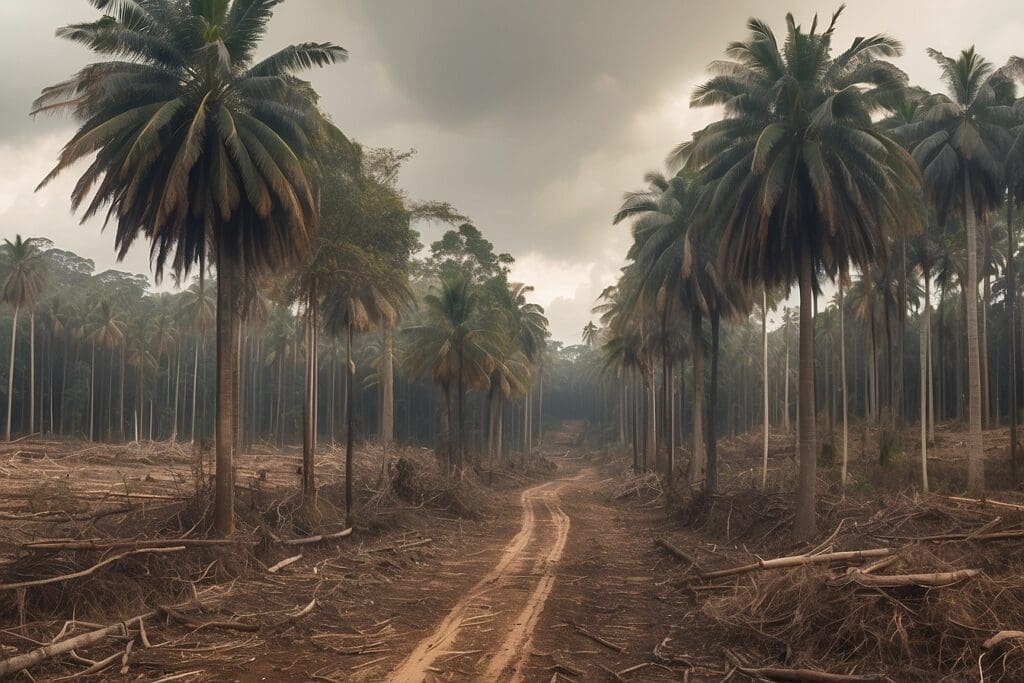
Danger to our Healthcare: About 80% of people in the world depend on traditional medicine, but the plants that they rely on may be in danger. Of the 50,000 known species of medicinal plants, about 4,000 to 10,000 species are in danger of local, national, regional, or global extinction. Deforestation also changes the habitats of disease-carrying insects and creates conditions that may help spread malaria, river blindness, and other illnesses.22
Social upheaval: No forest is empty of human footprints. The Amazon rainforest alone is home to more than 22 million humans,23 whose daily lives are directly affected by the health of the jungle. To read about my experience with some of the people of the Amazon: “Amazon Trip”.
One Positive Note: Deforestation is not inherently bad. Many forests depend on wildfires, which “release nitrogen and other nutrients from woody vegetation back into the soil in the form of mineral-rich ash” that encourages new plant growth.24 Fires destroy individual trees but may benefit tree species. For example, a fire may kill an individual black spruce because of the tree’s thin bark. The heat from a fire may also help the species procreate by opening the tree’s cones, thus dispersing black spruce seeds.25 However, deforestation on the mass scale that we are witnessing is not natural and is extremely dangerous to the health of our planet.
The Future of Forests
At the current rate of deforestation, forests could completely vanish in 100 years.26 Fortunately, deforestation rates are decreasing. According to a report by the Global Carbon Budget, emissions from land use change have declined by about 39 percent. In contrast, fossil fuel emissions have increased by 25 percent.27
Brazil has spearheaded the effort to decrease deforestation, cutting it by two-thirds in five years. Deforestation rates in the Brazilian Amazon declined 14% from August 2009 to July 2010, reaching the lowest rates since monitoring began in 1988.28 Partially thanks to a $1 billion donation from Norway, Brazil is “better enforcing laws against illegal logging, supporting indigenous people’s land rights, stopping land conversion to cattle pasture, intensifying existing cattle operations from an average of one head of cattle per hectare to three, and imposing a moratorium on deforestation for soy.” Dr. Douglas Boucher from the Union of Concerned Scientists praised the country’s progress: “Brazil — a tropical developing country — has already done something to counter climate change that is comparable to what the biggest industrial powers in the world have simply promised to do a decade from now.”29
That’s not to say that all of the industrial powers are slacking. Last year, Canada announced that two thirds of its forests are poised for permanent protection. What makes this a big story is the size of Canada’s boreal forests: 5.5 million square kilometers, with 4.4 million of them still intact!30 Meanwhile, California adopted a climate law (AB32) that allows “emitters in California to get credit for investing in forest protection and restoration, both in California and in forest nations” such as Brazil and Indonesia.31 That gives companies an economic incentive to protect the planet’s trees.
Of course, deforestation still continues. For all of its successes, Brazil is still planning to convert 32 million acres of land for palm oil production.32 Somewhere right now, a tree is being felled to make a book, a table, a cup of coffee, or maybe a roll of toilet paper. And, somewhere right now, a tree is being planted by a wood manufacturer that practices sustainable logging, or by someone like you. As of January 2011, the United Nations Billion Tree Campaign has inspired people around the world to plant more than 11 billion trees. Together, let’s turn this article about deforestation into a story about reforestation.
“Trees are poems that Earth writes upon the sky. We fell them down and turn them into paper, that we may record our emptiness.” – Kahlil Gibran “If you are thinking a year ahead, sow a seed. If you are thinking ten years ahead, plant a tree.” – Chinese poet, 500 BC33

